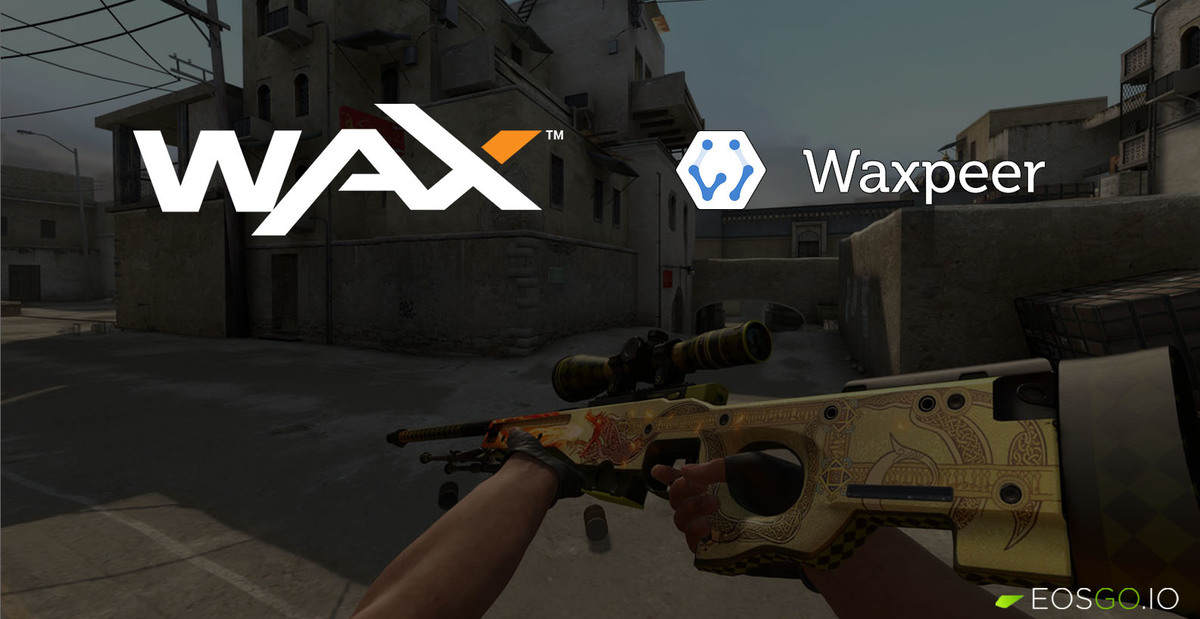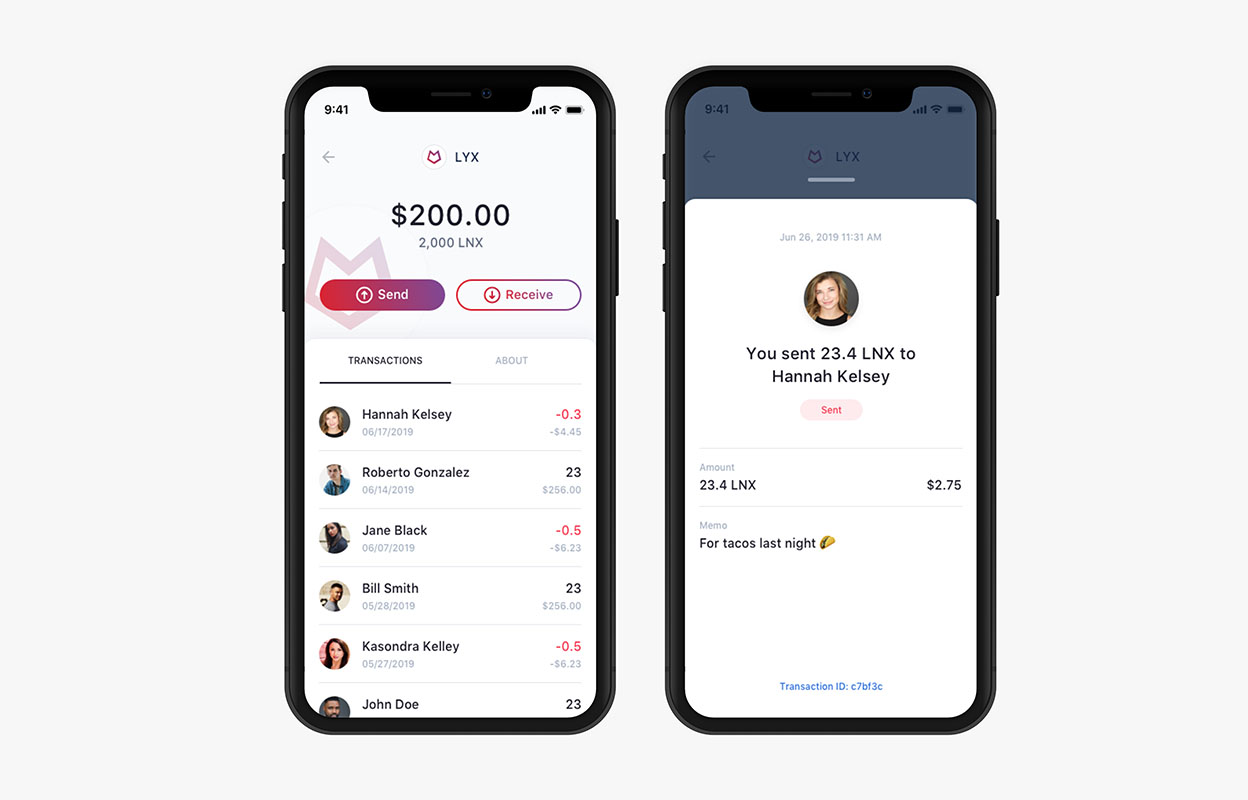The Road to the EOS EVM Mainnet Launch
EOS, already a high-performance blockchain platform, has added a new feature called the EOS EVM (Ethereum Virtual Machine) that allows developers to build and deploy smart contracts written in Solidity, the programming language used by Ethereum.
Following the EOS EVM code completion on March 22, the next milestone towards the EOS EVM mainnet launch is the new testnet launch on Monday, March 27. The new testnet launch will have new additional capabilities that aren’t available on the currently deployed Jungle testnet version.
Here’s what to expect in the lead up to mainnet launch
Now that the code is complete, it is forwarded to the Sentnl firm for their second audit on EOS EVM. A new testnet version of EOS EVM will be deployed in parallel to the currently deployed Jungle Testnet 4 version in order to allow for seamless migration for developers without losing any of their data.
A trustless bridge will be used to bridge EOS tokens in and out from the EOS network to the EVM network. Initially this bridge will only support the native token EOS, but in future EVM iterations (upgrades) tokens from other blockchain ecosystems will likely be supported e.g. ERC-20 (Ethereum) tokens.
The new version of the EOS EVM will introduce, for the first time, the integration of EOS as the EVM’s gas token. Having EOS as the native token for paying fees will make payment processing on the EOS EVM mainnet much easier and efficient. This is because transactions on EOS EVM will be using EOS network resources such as RAM and CPU.
A gas model that introduces a new burn mechanism is likely to be implemented sometime in the later stages following the mainnet launch. The gas model would enable the ENF’s RPC node to generate revenue. Excess revenue generated from the resource costs would then be burned on a regular basis, which would help offset some of the token inflation from the EOS network.
Mainnet Beta launch
Finally, assuming that the security audit passes with no major issues, the EOS EVM beta will be launched on mainnet on April 14. Users will then be able to withdraw EOS tokens from an exchange and straight to their EVM account which they can create for free using the Metamask wallet.
However, the bridge will charge a small gas fee for incoming transactions to cover the EOS network resource costs. Again, there’s the possibility that excess fees collected by the ENF’s RPC node to cover resource costs for these transactions will be burned. There’s also the possibility that these excess funds could be used to fund incentives or further development of the EOS EVM.
The mainnet beta to be released on April 14 will be version 0.4 of the EOS EVM, with updates and improvements to be made in the weeks and months following the launch. Once complete EOS EVM will unlock the ability to seamlessly transfer value and data across multiple blockchain networks, which is crucial for the growth and adoption of EOS.


